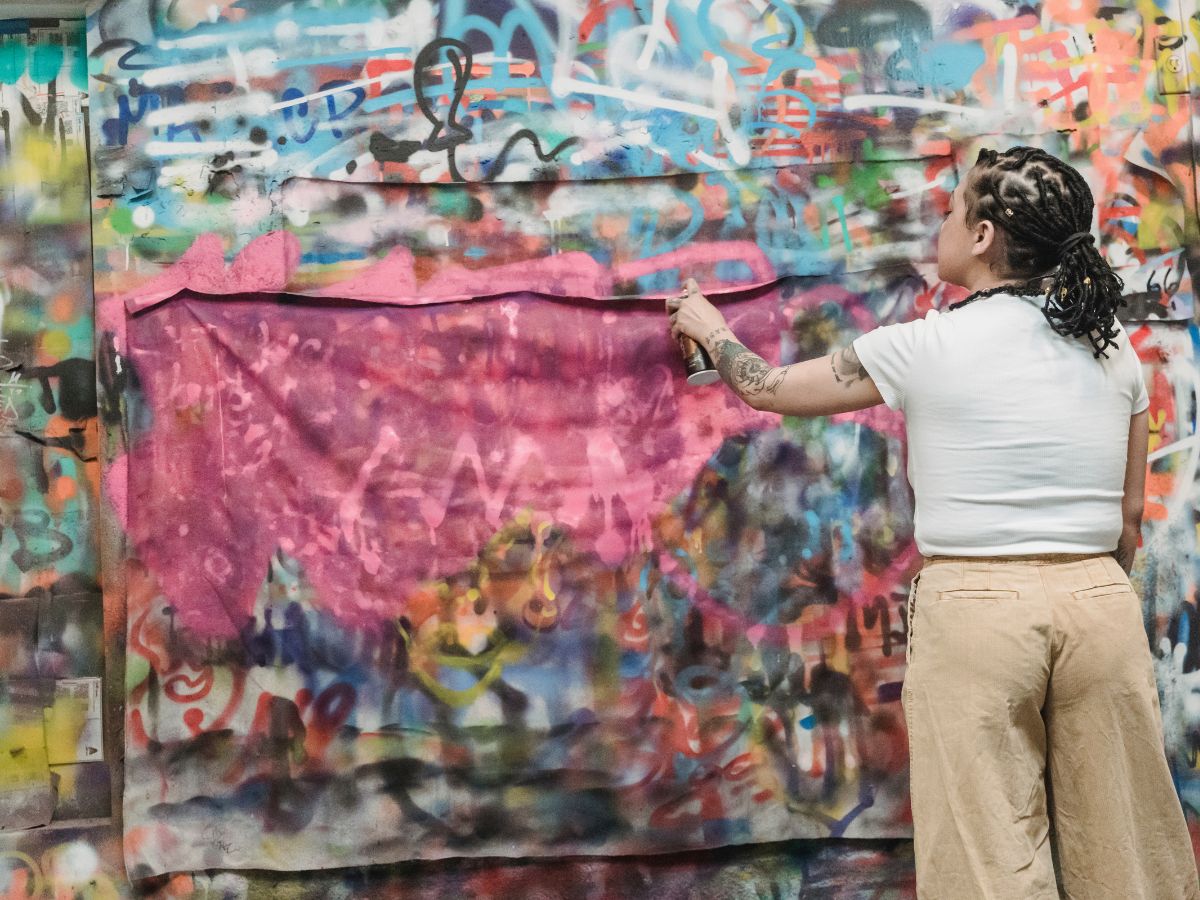
Fair Pay for Mural Artists: Strategies for Securing Proper Compensation
Murals bring color, vibrancy, and cultural depth to our communities, yet muralists often face challenges with fair compensation. The intricate work and creative expertise involved in murals deserve adequate pay, yet many artists struggle to receive fair remuneration for their time, materials, and unique artistic skills.
Here are several strategies mural artists can use to ensure they’re paid fairly.
1. Establish Transparent Pricing
Setting clear, standard rates helps artists avoid ambiguous or underpaid work. Transparent pricing is key to professionalizing mural art and clearly defining value.
Consider factors like size, location, complexity, and time required to set your rates. Many muralists charge by square foot or per hour, while also accounting for expenses such as materials and travel. Research industry standards and network with other mural artists to understand average pricing in your area.
2. Present a Contract for Every Project
Contracts protect both the artist and the client, establishing expectations and preventing disputes. Ensure that every mural project has a detailed written agreement that outlines the scope, payment schedule, deadlines, and potential additional fees. Include clauses for adjustments or unexpected delays to safeguard against “scope creep,” where clients may request more work than initially agreed. Contracts offer a professional foundation and help clients understand the value of the work.

3. Request a Deposit
Requesting a deposit before beginning work is essential for muralists to protect their time and resources. This upfront payment ensures a commitment from the client and can cover initial costs.
Many muralists ask for a 30–50% deposit, which not only shows professionalism but also helps to filter out clients who may be unreliable. Deposits are standard in many art fields, reinforcing that murals are no different and require a financial commitment.
4. Communicate Your Value
Sometimes, clients may not fully understand the skill, time, and materials involved in mural art. Educate them on the process to convey your value effectively. Explain the steps involved—from conceptualization and design to the final touches—and why each stage requires fair compensation.
Sharing testimonials, portfolio work, and details about the materials and hours invested can help clients appreciate the value of your work.
5. Know When to Walk Away
While passion is a driving force for artists, being able to turn down work that doesn’t pay fairly is essential to building a sustainable career. If a client insists on a low budget or undervalues the art, it’s okay to walk away.
Declining unpaid or underpaid work allows artists to dedicate time and energy to clients who respect and fairly compensate their talent.

6. Consider Collective Advocacy
Muralists can benefit from joining or forming artist advocacy groups. Collaborating with other artists amplifies voices and creates a collective force that can push for fair compensation standards in the industry. Groups can share knowledge about pricing, negotiate better rates, and even influence public policies related to public art and artist protections.
Fair compensation is essential for muralists to continue creating and sustaining their craft. By using contracts, transparent pricing, and advocacy, mural artists can take practical steps to ensure they are recognized and rewarded for their unique contributions to public art.